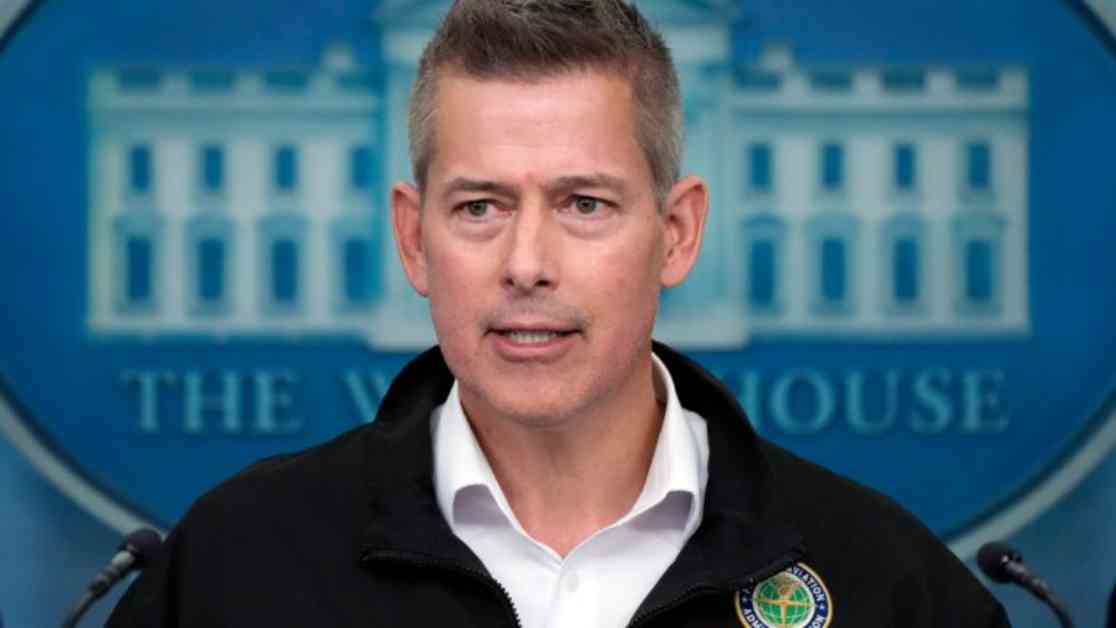In a surprising turn of events, DOT Secretary Sean Duffy recently issued a mandate that has stirred up controversy and criticism across the nation. The mandate, outlined in a memo, specifies that Department of Transportation programs, grants, and policies should prioritize communities with high marriage and birth rates. This directive has left many scratching their heads, including Governor Maura Healey of Massachusetts, who has expressed strong disapproval of this new policy.
The birth rate in Massachusetts has seen a decline, with state data revealing that the birth rate in 2022 was 44.7 births per 1,000 women, compared to the national average of 56 births per 1,000 women. Additionally, Massachusetts boasts one of the lowest marriage rates in the nation, as reported by the Census Bureau. This decline in both marriage and birth rates has sparked concerns about the potential impact of Secretary Duffy’s mandate on funding allocation within the state.
Governor Maura Healey has been vocal in her criticism of the new DOT directive, questioning its logic and relevance to the transportation sector. She emphasized the importance of providing high-quality public transit to residents and businesses, regardless of marriage or birth rates. Healey’s focus remains on improving infrastructure, building efficient transit systems, and ensuring that transportation needs are met for all members of the community.
Secretary Duffy’s memo emphasizes the prioritization of transportation accessibility for families with young children, a goal that has left many governors, including Healey, perplexed. While transportation is undoubtedly crucial for communities, the rationale behind tying funding to marriage and birth rates remains unclear. Healey stressed the need for a federal partner who aligns with the state’s infrastructure and transit goals, rather than focusing on demographic factors.
Massachusetts has been a recipient of significant grants from the DOT, funding large-scale transportation projects such as bridge replacements and infrastructure improvements. Despite the state’s success in securing federal funding, Healey remains steadfast in her commitment to addressing transportation needs and infrastructure challenges within Massachusetts. The ongoing debate surrounding transportation funding criteria highlights the importance of collaboration and shared goals between state and federal partners.
Across the country, birth rates have been declining steadily, with some states bucking the trend and reporting higher fertility rates. This demographic shift has raised questions about the future of transportation funding and its alignment with changing population dynamics. As states grapple with evolving demographics and infrastructure needs, the conversation around transportation funding criteria is likely to continue.
In the midst of these discussions, Governor Maura Healey stands as a staunch advocate for Massachusetts, emphasizing the state’s commitment to improving transit systems and infrastructure. Her unwavering dedication to addressing the transportation needs of all residents underscores the importance of thoughtful and inclusive policymaking in the realm of public transit. As the debate unfolds, Healey’s voice serves as a reminder of the complex interplay between demographics, funding priorities, and infrastructure development in the modern era.
















